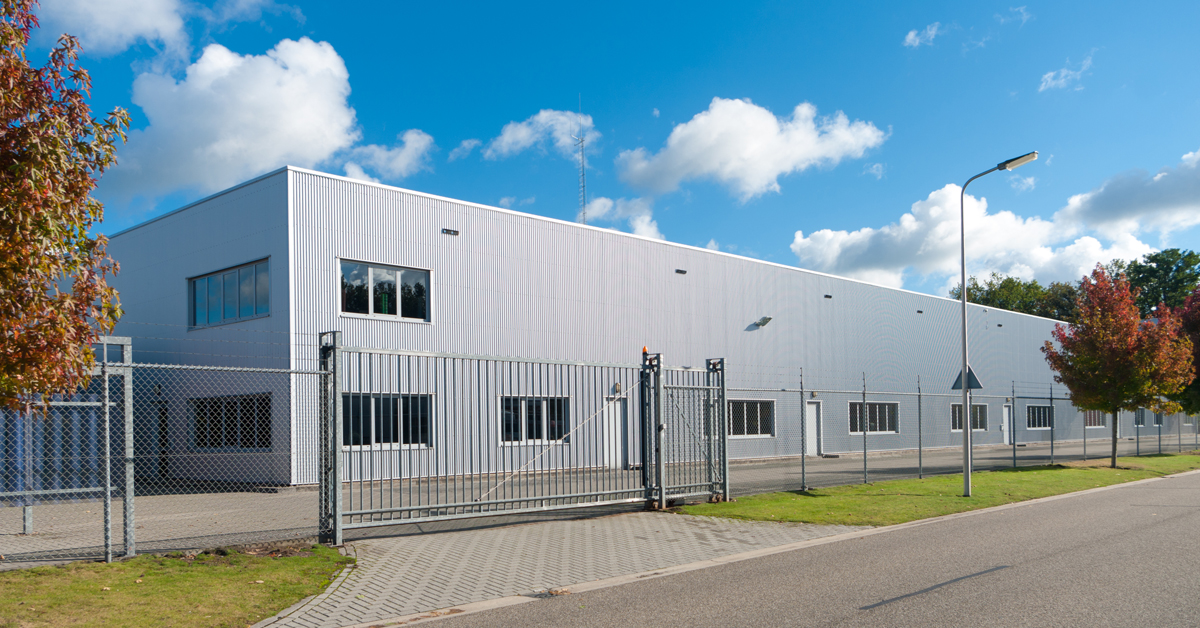
Some would say that the industrial sector is quite possibly the least glitzy or glamorous of all commercial real estate asset classes. There, typically, are no eye-catching architectural design features, no resort style amenities, and no ritzy, high profile addresses. Rather, industrial real estate is intended to be used just how it sounds — to provide both efficient and practical space to tenants and users who prefer function over form. Industrial buildings are designed for a variety of uses, including research and development, manufacturing, the storage and distribution of goods, and more.
As such, industrial properties have proven to be steadfast and steady real estate performers, which is why they deserve a spot in today’s diverse real estate investment portfolios. The numbers don’t lie: the average total annual return for industrial real estate over the past two decades is 10.6 percent, which is slightly higher than the average return across all property types, at 10.2 percent (National Council of Real Estate Investment Fiduciaries (NCREIF) Index).
Typically, the industrial real estate market is considered to be one of the best sectors to invest in, and the trend doesn’t seem to be slowing down anytime soon. The strength of the space can largely be tied to the phenomenal growth of e-commerce over the past several years and the growing pressure to get goods into the hands of consumers faster. The solution? Multiple warehouses located near dense, urban centers.
Additionally, industrial properties are also usually less expensive to own and operate, allowing investors to acquire and maintain bigger assets with lower ongoing capital costs. Another plus? The leases for industrial spaces are also typically for longer terms, meaning more stable and predictable cash flow for investors.
But how do you invest in industrial real estate? Read on to find out more …
1. Consider all of your options
Industrial real estate, like most CRE, comes in many shapes and sizes. Depending on zoning specifications, you may have warehouse space with no offices, heavy office space with a smaller space set aside for distribution, or a number of other combinations and possibilities. Keep in mind that the type of space you own can, and often will, limit the type of tenants who will be looking for spaces like yours. Choose wisely.
2. Consider new construction
New construction may actually give you more bang for your buck in the current market. Developing new space can often lead to a higher return on your investment than purchasing an existing development. But remember, the speculative risk for this kind of investment is higher, as well. To help minimize your risk, you should know your market — inside and out.
3. Remember that markets are as important as the properties themselves
While the industrial property you choose for your investment portfolio is important, the market you choose to buy in is actually equally important. One of the biggest indicators of risk to any industrial real estate investor is the market’s vacancy rate. Choose markets with a lower vacancy rate in an effort to minimize the risk of your investment and increase your ROI. Alternatively, if you are less risk-averse, you can speculate in markets with higher vacancy rates for the possibility of higher returns.
4. Understand the demand for industrial real estate is coming from many industries
There are many different industries driving the current demand for industrial real estate. E-commerce isn’t the only business behind this trend — industrial real estate is enjoying a surge thanks to other industries, such as manufacturing and food production and distribution.
Of course, any smart investment always requires an in-depth knowledge of your market, and a solid understanding of where consumer and business trends are heading. But when all of the pieces fall into place, the rewards of industrial investment are usually worth the inherent risk.
